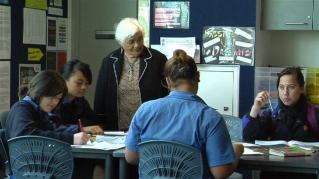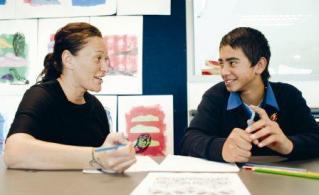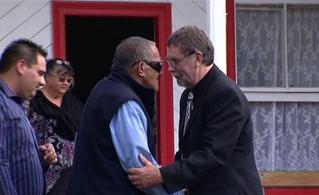Section navigation
Engaging Māori students meaningfully in all aspects of learning
Suggested questions for an inquiry about the Māori students in our school
- Are students in our school currently engaged in their learning to the degree that they should be?
- What should engagement in learning look like? Is this the same or different for all learning areas?
- What does disengagement look like? Is this the same or different for all learning areas?
- What impact does disengagement seem to be having on student achievement? What can we do to change this?
- What do we believe are the most effective teaching and learning strategies for engaging Māori students meaningfully in their learning? In particular:
- How important is using students’ prior knowledge and experience, especially their cultural knowledge and experience, to student engagement in learning? How well do we use prior knowledge and experience currently? How could we use it more effectively?
- How important is task and topic selection to student engagement in learning? Do we make an effort to ensure that the learning tasks that we set are relevant and meaningful to our students? Can they relate them to their own lives? How well do we do this at present? How could we do this better?
- How important is goal setting to student engagement in learning? Do our students usually know the purpose and expected outcomes of the learning tasks that we set? How well do we do this at present? How could we do this better?
- How important is feedback and feed-forward to student engagement in learning? How well do we do this at present? How could we make better use of feedback and feed-forward in our interactions with our students?
- How do we use evidence about students’ current strengths and needs to help us set learning programmes? How could we do this better?
- Do we believe that we challenge students in our school as much as we could through the learning tasks that we set? How could we challenge them more?
- Who takes most of the responsibility for teaching and learning in most of the tasks that we set? What could we do to give greater responsibility for learning to students?
- Do we give our students opportunities to problem-solve and ask questions through the learning tasks that we set and the instructional strategies we use?
- Do we give our students sufficient opportunities to become independent, reflective and self-regulated learners? What does this look like?


